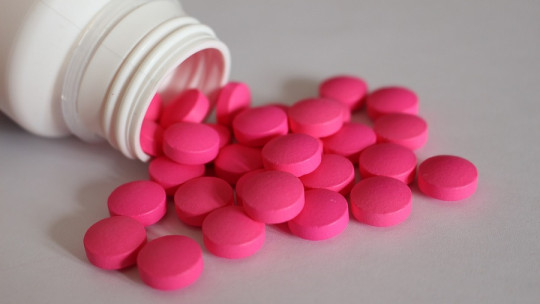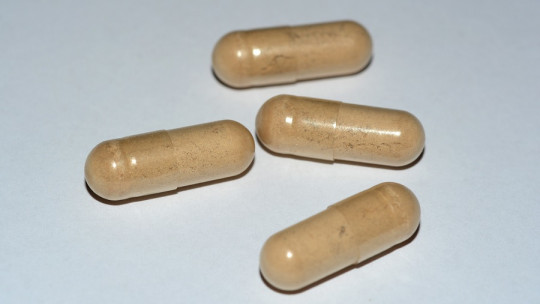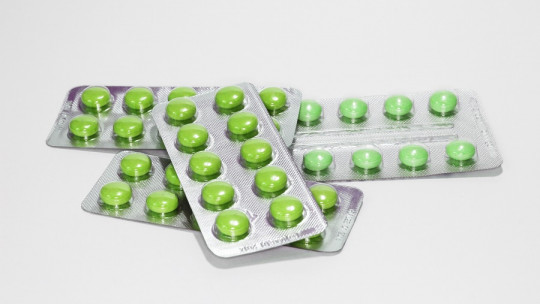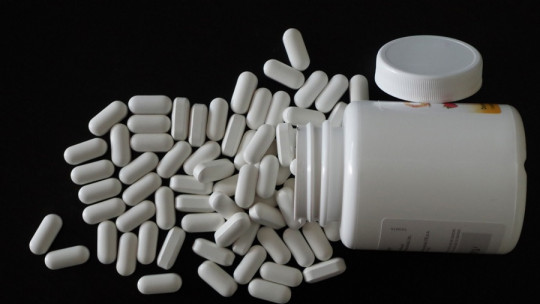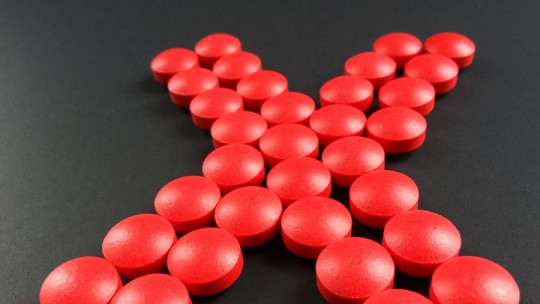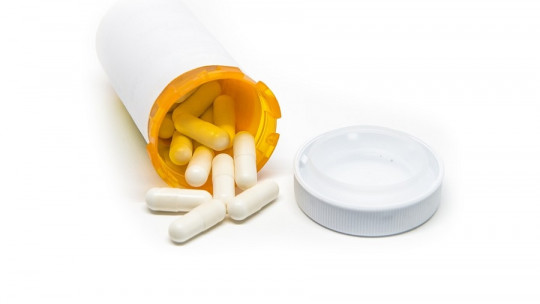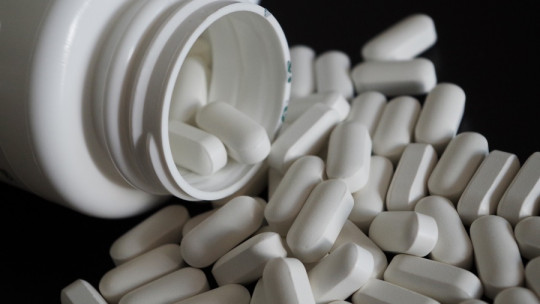Guanfacine is an antihypertensive drug used for the treatment of ADHD (Attention Deficit Hyperactivity Disorder) and for cases of high blood pressure. It is a selective agonist of adrenergic receptors.
In this article we will learn about the characteristics of this drug (format, administration, mechanism of action…), its indications, adverse effects, studies and precautions to take into account for its use.
Guanfacine: general characteristics
Guanfacine is an antihypertensive drug, with the trade name “Intuniv”. At a chemical level, it is derived from phenylacetylguanidine. Its mechanism of action is based on selective adrenergic agonism (adrenaline) for alpha 2A (α2A) receptors.
The effects of guanfacine are to lower blood pressure As it does? Activating the receptors found in the brain stem and inhibiting the activity of the sympathetic system (this system is part of the Autonomous Nervous System (ANS) and is related to the activation and preparation of the body for the fight).
All this translates into a reduction in nerve impulses from the heart and blood vessels; That is, what guanfacine does is relax the latter, also reducing blood pressure and improving blood flow.
Mechanism of action
Thus, the mechanism of action of guanfacine consists, as we said, in producing a selective agonist effect at alpha 2A adrenergic receptors
In the case of the administration of guanfacine for Attention Deficit Hyperactivity Disorder (ADHD), which we will see later, the exact mechanism that produces the therapeutic effects is unknown; However, preclinical studies suggest actions in the prefrontal cortex and basal ganglia. These actions are related to the intervention on norepinephrine in the receptors already mentioned.
Administration
Guanfacine is administered orally (in tablet form) Generally your recommended starting dose is once a day; ideally in the morning or evening. Guanfacine, like many other drugs, can be taken with or without food. On the other hand, something to note is that it is not recommended to take it with foods rich in fat, or with grapefruit juice.
Its tablets are prolonged release, and correspond to the following quantities: 1 mg, 2 mg, 3 mg or 4 mg.
Indications
The indications for guanfacine include cases of high blood pressure and Attention Deficit Hyperactivity Disorder (ADHD), and it has been authorized for both types of pathologies. In the case of high blood pressure, guanfacine is usually used in combination with other medications to reduce this pressure.
On the other hand, in the case of ADHD, a series of specifications are established for the administration of guanfacine: It will be used only in children and adolescents between the ages of 17 and 17 and in cases where stimulants have been used previously and have not provided good results, being not tolerated or proving ineffective.
Furthermore, in this second case, it must be used as part of a comprehensive treatment for ADHD that also includes psychological treatment and educational and social measures.
Considerations and precautions
The only contraindication that guanfacine presents is manifesting hypersensitivity to it. As for precautions, in cases of liver failure it will sometimes be necessary to reduce your dose.
On the other hand, in relation to pregnancy and breastfeeding it is not recommended to take guanfacine when pregnant, nor if you are a woman, are of childbearing age and are not using any contraceptive method.
During lactation, it is not known exactly whether guanfacine (or its metabolites) are excreted in breast milk, but animal studies suggest that they are. Thus, breastfeeding women should evaluate the risks and benefits of their case, and assess the best option (whether to interrupt breastfeeding or discontinue treatment with guanfacine).
Another aspect to keep in mind is that we should not suddenly stop taking guanfacine, as this could cause an increase in blood pressure. Finally, it must avoid taking guanfacine when driving or when you must do a task that requires a high level of alertness.
Use in ADHD
The pharmacological treatment typically used for Attention Deficit Hyperactivity Disorder (ADHD) is stimulants. However, guanfacine has also been used in these cases, although it is not a stimulant. It is unknown exactly what the mechanism of action of guanfacine in ADHD is, but it is known that interacts with brain areas involved in attention and impulses
Specifically, delayed (or prolonged) release guanfacine has been used for this purpose, proving to be an effective treatment option with good tolerance for patients. In fact, it is approved by the FDA for children with ADHD over 6 years old. The FDA is the United States government agency responsible for the regulation of medications and other types of products (cosmetics, medical devices, biological products…).
1. Adverse effects in ADHD
The adverse effects that have been found with the administration of guanfacine for ADHD have been, from more to less frequent: drowsiness, tiredness and/or fatigue (in 40% of cases), headache (25%) and abdominal pain (less frequent, only in 10% of cases).
On the other hand, the symptom of drowsiness improves when delayed-release guanfacine is administered together with some type of stimulants, such as methylphenidate (trade name: rubifen, medikinet or concerta) or lisdexamfetamine (elvanse). In this way, guanfacine associated with stimulants provides a better therapeutic response than when administered alone, since it alleviates its adverse effects.
2. Studies
Although guanfacine has been shown to be effective in some cases of ADHD, there is not enough research to know the effects of long-term use of extended-release guanfacine (used for several years) in children 6 years and older. That is why we must be cautious.
Side effects
Some of the adverse reactions that guanfacine produces are: sedation, dizziness, hypotension, nightmares, constipation, nausea, vomiting, diarrhea, emotional lability, anxiety, depression reduced appetite or weight gain, and abdominal pain.
In addition, it is known that drinking alcohol while taking guanfacine can lead to an increase in some of these adverse reactions.
In relation to the adverse effects of guanfacine on the heart, we find: low blood pressure, a slow heart rate and other alterations in heart rhythm. These effects are serious enough to require medical supervision (and follow-up).

